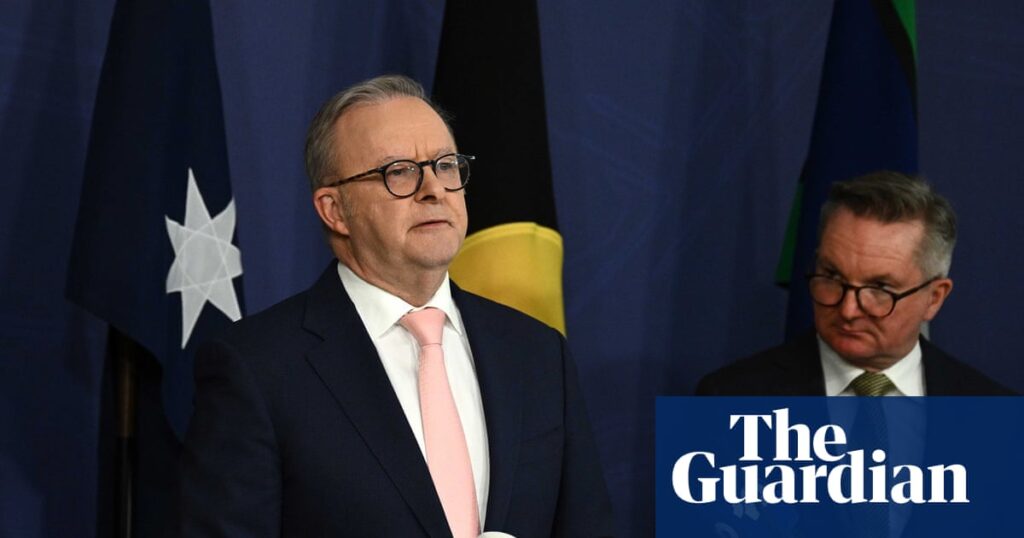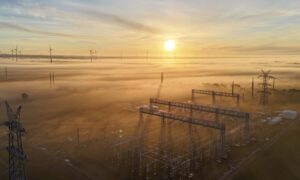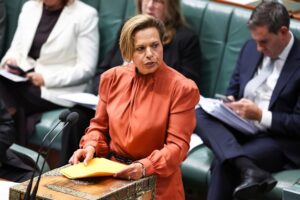
Buried in the extensive documentation released alongside the Albanese government’s new 2035 emissions reduction target is a stark illustration of the challenge that lies ahead for Australia. The government announced a target reduction of 62% to 70% from 2005 levels, a goal that reflects a calculated, middle-of-the-road approach to addressing climate change.
According to the Climate Change Authority, Australia has reduced emissions by an average of 9 megatonnes (Mt) annually over the past five years. However, to meet the 2030 target, emissions reductions need to more than double to 16Mt per year, and further increase to 19 to 24Mt annually to achieve the 2035 goal.
Balancing Act: A Middle-of-the-Road Approach
At the heart of the government’s announcement, described by Prime Minister Anthony Albanese as a “responsible target supported by science,” is a commitment to intensify efforts against the climate crisis. This approach is designed to balance the demands of environmental groups with those of the business community.
The new target is slightly lower than the 65% to 75% range initially proposed by the Climate Change Authority. Climate and Energy Minister Chris Bowen emphasized that the target aligns with international agreements to limit global warming to 1.5°C. Bowen referenced the UN climate authority’s 2021 assessment, which recommended a 68% global emissions cut by the mid-2030s.
Economic and Political Implications
While the government is unlikely to legislate the new target, it has signaled a firm commitment to transitioning Australia’s economy. In the short term, the focus remains on achieving a 43% reduction by 2030, requiring significant investment in renewable energy infrastructure.
On the economic front, Treasury modeling suggests that electrification of households could reduce energy bills by about $1,000 annually, with potential savings of up to $4,300 for homes equipped with solar panels, batteries, and electric vehicles. However, the government remains cautious about promising specific savings, mindful of past political pitfalls.
Political Reactions and Challenges
The announcement has sparked varied reactions across the political spectrum. Opposition leader Sussan Ley quickly dismissed the new targets, stating that the Coalition does not accept the underlying assumptions. The Coalition remains divided over net zero by 2050 policies, with internal disagreements complicating their response.
Meanwhile, the Greens and teal independents argue that the target lacks ambition and fails to meet the urgency of the climate crisis. In contrast, Prime Minister Albanese has defended the plan, highlighting advancements in solar technology and its economic benefits.
“It matters to our neighbors, it matters for our economy, and it matters for the country that we pass on to our children,” Albanese stated, emphasizing the broader significance of Australia’s climate action.
Looking Ahead: The Path to 2035
The Albanese government’s emissions target represents a significant step in Australia’s climate policy, yet it also underscores the complexities of navigating domestic and international expectations. The focus now shifts to how effectively the government can implement its climate strategy and manage the political and economic challenges that accompany such transformative goals.
Whether Australia’s political system can rise to the occasion and deliver on these ambitious targets remains to be seen. The coming years will be crucial in determining the nation’s role in the global fight against climate change and its ability to adapt to a rapidly evolving energy landscape.






